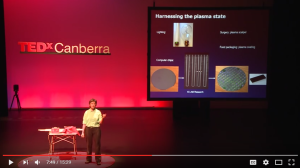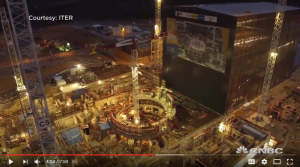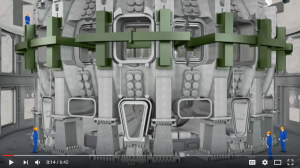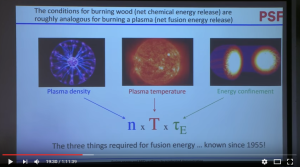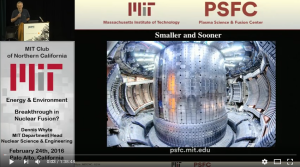Part 1 – Special Feature – Automation, You & the Future
There is a hint of the smell of fear when you talk about automation now in 2017. Its become blatantly obvious to everyone that huge changes to our world are coming. The most obvious of which are Amazon's done delivery and driver less vehicles.The change is obvious, the impact isn't so obvious. We know they are going to change the world but there is a lack of leadership when it comes to working out how these are going to impact on us. On us a individuals, as family members, as employees, as citizens, as humans.
I for one would like to know how these things are going to affect my life and with that in mind I have decided to launch this series of features. I asked myself the question – How will driverless cars affect the value of my home ? And I found that no-one was talking about it. So here I am trying to stimulate a discussion. Please feel free to write me and contribute your point of view. I will include all respectful non-trolling points of view. I will anonymize your comments and I will not publish your name unless you specifically ask me to.
In a second series of articles we will look at how vulnerable our industry is to cyber attack.
Back to the Future – Automation and the Future
1. Will automation affect the property market?We don't have any special expertise but we are engineers so we have some good questions. The property market is a marginal one. Minor changes in supply and demand and have large impacts on price. Demand down 5% cn result in prices dropping up to 25%. With this in mind we worry about tech driven changes to the job market and how that could affect your investment in your home.If millions of truck drivers get laid off won't that affect property prices?
Self driving cars and trucks together with drones are likely to dramatically change the number of drivers. Long haul trucking and urban deliveries are well suited to automation and we can expect millions of job losses in the next decade. (There are approx 1.8 million heavy truck drivers and 1.3 million delivery truck drivers in the USA – so there are lots of jobs to lose.)
How about restaurant automation. Currently McDonald's employs approx 350k people. Add all the other chains and you have millions of workers. New McDonald's In Phoenix Run Entirely By Robots 2. If self driving changes people's attitudes to commuting, will that change the property market?
It's conceivable that the longer your commute the happier you will be because it might give you enough extra time for more sleep, eat a meal, do work, interact with friends, watch a movie… Drinking and driving might become a non-issue. If you don't have to shop anymore because Amazon delivers everything to your door by 9 p.m., then the famous "Location, Location, Location" mantra of realtors may well change. 3. Self Driving Cars and the shape of Cars 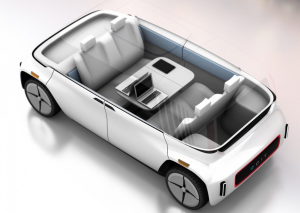
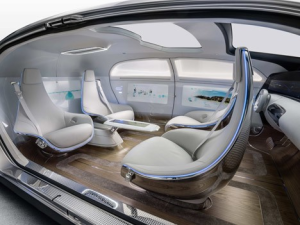 If we spend hardly any time looking out car windows, will that mean that the appearance and shape of cars will change? Here are some of our favorite new car options:
If we spend hardly any time looking out car windows, will that mean that the appearance and shape of cars will change? Here are some of our favorite new car options:
- Built in toilet
- Built in food prep, microwave
- Sleep Module
- Work Desk
OSVehicle – Building cars on open platforms. Medium – app for readers on the go. There Should Be Modular Cars That Can Do AnythingOneCar – Modular Vehicle Project Edit – The World's First Modular Self-driving Car
4. Block Chain I/O – What Bitcoin Can Teach Automation
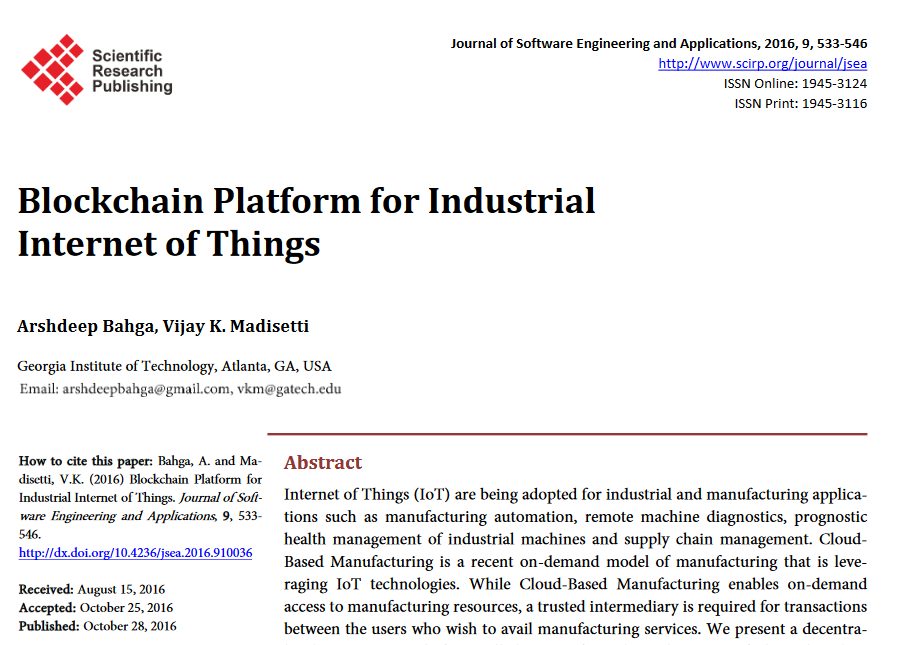 If your government, state, city can't provide clean drinking water (Flint Michigan style), who are you going to turn to? It's likely that 'trust' is the next hottest commodity because we are all suffering from living in a 'fake' world. For us in the automation industry, does this mean that we need to start making 'trustworthy' sensors – ones whose readings cannot be changed, ignored and corrupted? CAS and no doubt others are looking at new products like 'block chain I/O' modules which block chain the sensor readings in the same way as Bitcoins are, ensuring publicly verifiable ledgers and audit trails. 5. High Temperature Superconductors
If your government, state, city can't provide clean drinking water (Flint Michigan style), who are you going to turn to? It's likely that 'trust' is the next hottest commodity because we are all suffering from living in a 'fake' world. For us in the automation industry, does this mean that we need to start making 'trustworthy' sensors – ones whose readings cannot be changed, ignored and corrupted? CAS and no doubt others are looking at new products like 'block chain I/O' modules which block chain the sensor readings in the same way as Bitcoins are, ensuring publicly verifiable ledgers and audit trails. 5. High Temperature Superconductors
In last few years there has been a dramatic technology development which is having a huge impact on the chase for feasible fusion energy. High temperature super conductors unlike low temp super conductors don't degrade in strong magnetic fields. Fusion requires huge currents to create plasma (needing super conductors) and super high magnetic fields to contain the plasma. These new materials allow for new designs of fusion containment vessels reducing their size by a factor of between 3 and 10 and increasing the practicality of designs.
The ITER project is an international $50bn project to build a huge Tokomak Reactor capable of producing more energy than it consumes. Its design is based on well-established science that has been proven on a smaller scale. The cost is because of the size. It is expected to complete in the 2020/30's and commercial scale reactors are expected in the 30-40's. However, that project is about to be overtaken. With the new HTS materials, MIT thinks prototypes can be built for as little as $2bn and that there will be commercial reactors by 2030 – just a decade and a half away.
4. HTS's and huge generators / motors. With Mag flux densities orders of magnitude higher we can expect some incredible new motor designs – We may get an order of magnitude more work out of a machine the same size as today's. Look for stunning new marine engines, train engines and generators.
If we have commercial fusion by 2030, do we need to worry about global warming? Plasma
ITER Project
